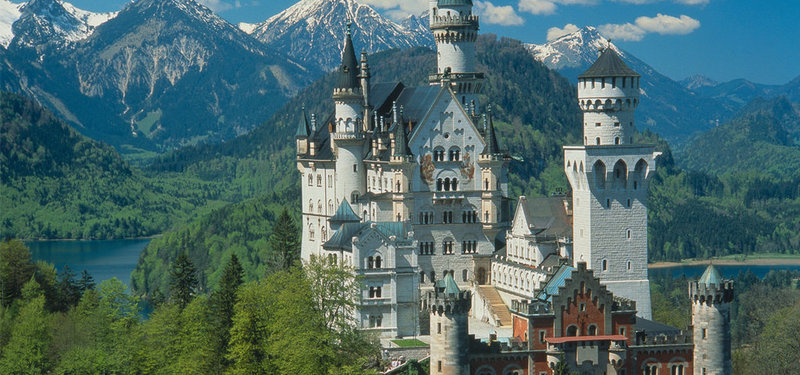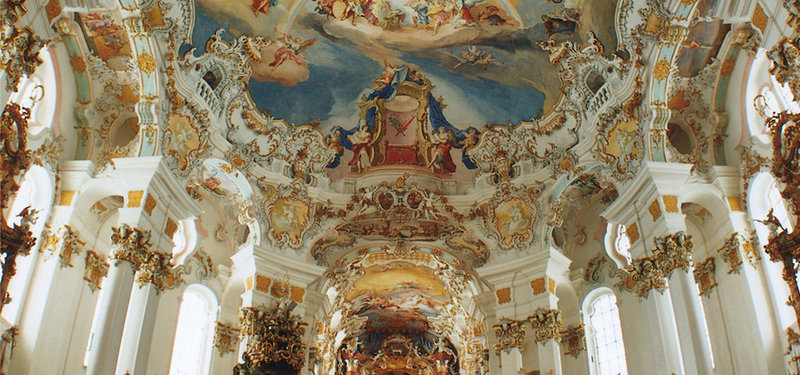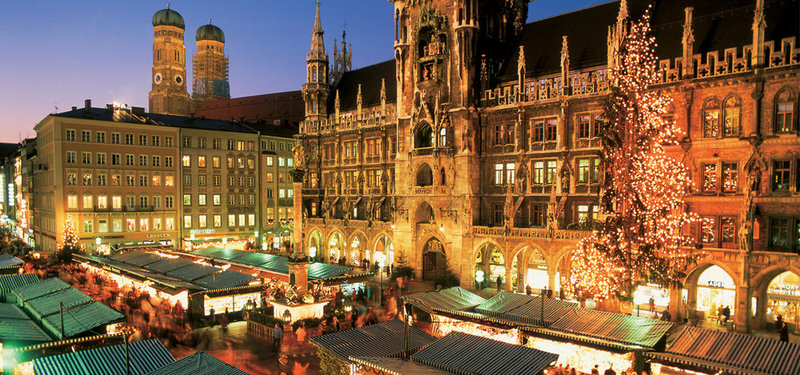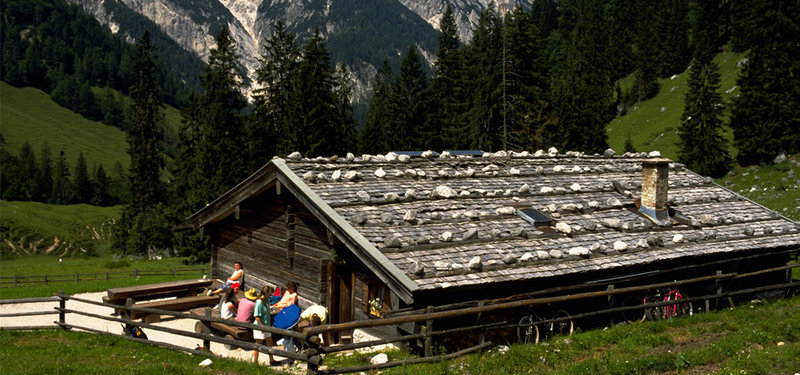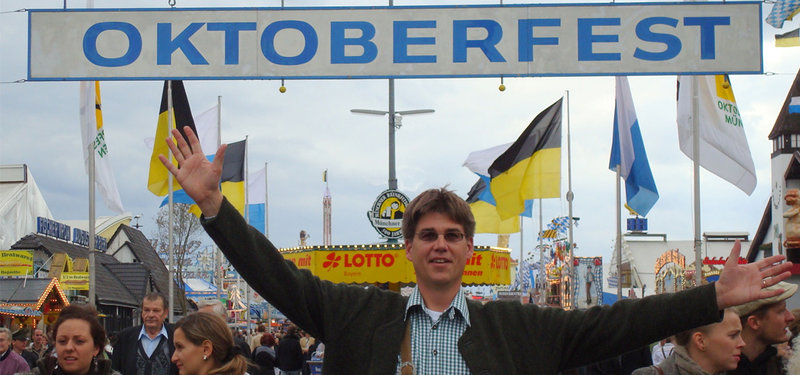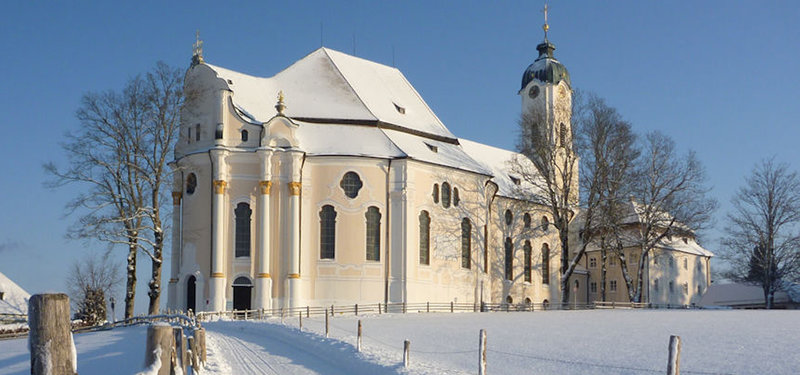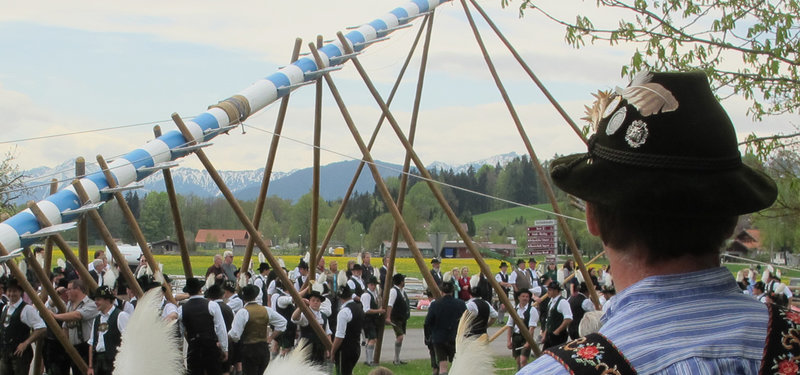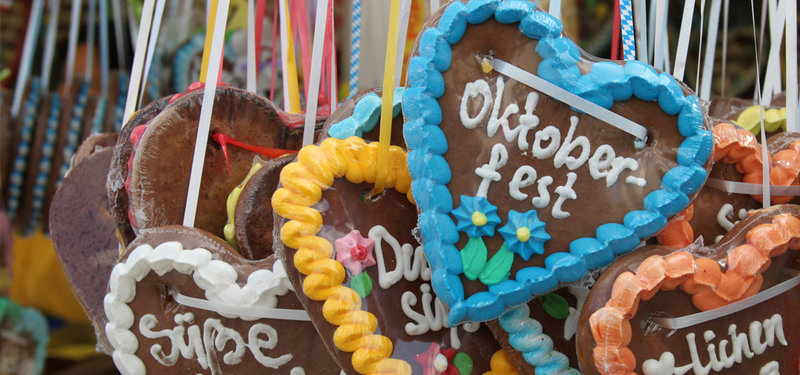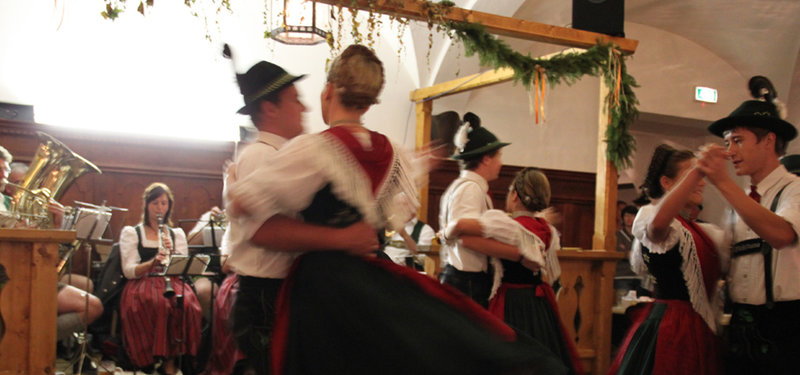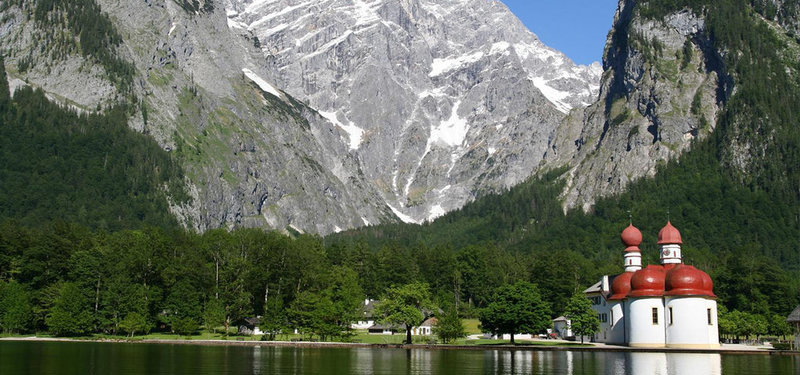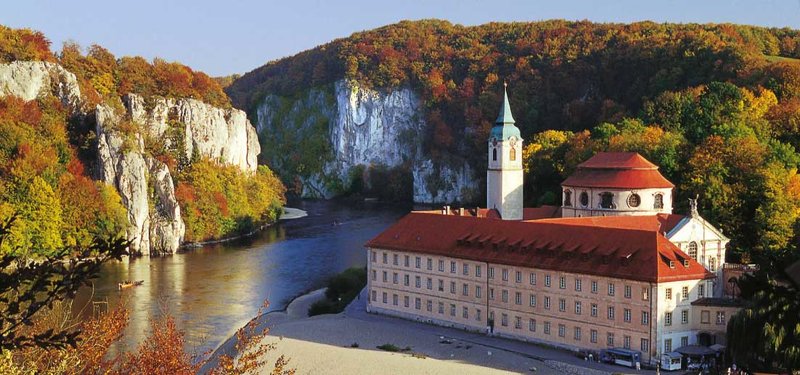Upon exiting the U-bahn station at Königsplatz, your eye will be drawn to the Propyläen. This monument, completed by Leo von Klenze in 1862, is supposed to remind one of the entrance of the Propylaea for the Acropolis in Athens. Ludwig ordered this gate to mark the accession of his second son, Otto, to the Greek throne – for more on that see my article here.
This area has turned into a Art District with the Glyptothek, Staatliche Antikensammlung, and Lenbachhaus right there. During the Nazi period, this area was known as the Brown District: With the “Brown House” as the anchor, many Nazi offices sprang up. More on that in a minute…
The Glyptothek was the first of Ludwig I’s creations. Remember, Ludwig I was Ludwig II’s grandfather and had the famous affair with Lola Montez. In 1816 Ludwig I commissioned Leo Von Klenze to build something to house Ludiwg’s collection of Greek and Roman sculptures. It’s a fascinating collection of statutes and parts of statues. Two things I learned there today:
1. In the 19th Century it was considered cool to “restore” the decayed parts of statues, so many of the statues are “corrupted” by rough 19th century attempts to “fix” the statues
2. The statues were painted with brilliant colors when they were built. See this link for info (German)
The Staatliche Antikensammlung is directly across the street from the Glyptothek. Inside you’ll find a large collection of mainly Greek and Etruscan art, i.e. pottery and jewelry. Some of it is truly fascinating, but requires a decent level of interest in the subject.
The third museum, the Lenbachhaus, is under renovation and can’t be visited until sometime in 2012. It is famous for housing works from the Blue Rider Movement. Only a few blocks away are the other famous art museums of Munich: Alte Pinakothek, Neue Pinakothek, and the Pinakothek der Modern.
Back to the Nazi time. The Nazi Party outgrew there office space and purchased the Barlow Palace at Briennerstrasse 45. It was known as the “Brown House” due to the color of the early Nazi uniforms (think SA, not SS). Destroyed in the war, the site is under construction as Munich’s new NS-Documentation Center.
As you walk through the Propyläen you will notice two large ruins that consiste of a three-layered foundation on both sides of the road. These are the “Honor Temples” that Hitler built to house the 16 Nazis that were killed during the 1923 Putsch. After that war, the US Army relocated the bodies and destroyed the “temples.”
The other key building here is the old “Führerbau,” know today as the High School for Music and Theater. This is the building where England and France sacrificed Czechoslovakia on the altar of appeasement – also known as the “Munich Agreement”.
For an amazing complete reckoning of what happened in Munich, the Capital of the Movement, as it has known during this dark period, I highly recommend this booklet and audio files – free for downloading here:
